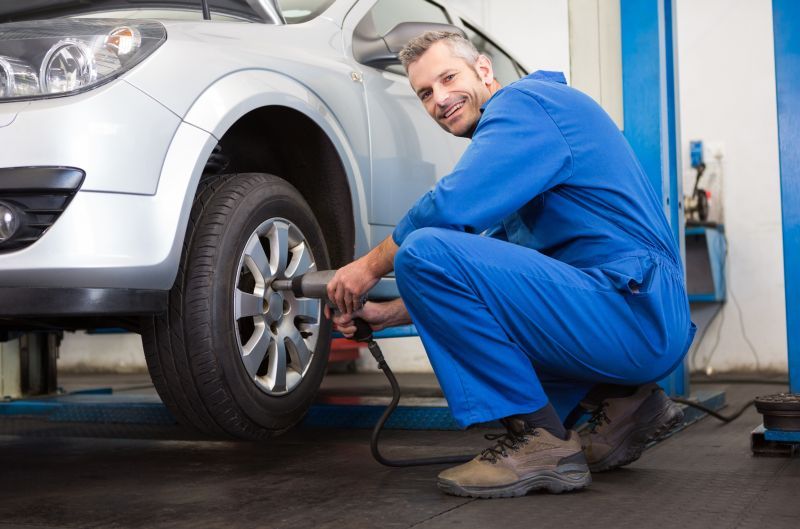Embarking on a new journey? Your prompt decision to change the car’s tyre can bring a huge difference between your safe driving experience and an ill-fated journey. You may have gauged the radiator fluids or oil levels whereas your tyres being the most perishable part of the automotive, are often overlooked and neglected.
Apart from the random inspection of air pressure, being cautious about the tyres is as significant as taking care of the car. While alignment, balancing of the wheel and rotation of the tires play a vital role in reducing the tyre wear, your tyres do need to be replaced after a certain time.
When To Replace Your Tyres?
1. Tread Depth
The major factor to be considered for the replacement of the tyres is tread depth. Modern tyres come with indicators that give an instant indication to the drivers. You should replace your tyres if the tread depth falls below 1.6mm.
The tread design of the Roadcruza Tyres contributes highly in generating traction in adverse weather conditions like snow-covered, slushy and wet roads. Therefore we highly recommend them.
Liquids are resistant to compression and thus need energy and time for moving them out when we drive through them. Aquaplaning can cause your car to leap out of control in a split of a second. Hence, tread design assists in directing the water or slush present between the road and the tyre. It along with tread depth facilitates traction by providing edges to bite into slush or snow.
While driving at high speeds, we can easily get away with the air that our tires come up against. As it can be compressed. But it’s not the same scenario with the liquids. Considering the rain or wet and slushy roads. It is highly recommended to replace your tires when the tread depth reaches 4/32″.
For maintaining great mobility on snow-covered paths, you must replace your tires as their tread depth reaches 5/32″. Deeper treads are required for the snow-covered roads as tires often compress the snow in the grooves and ultimately release it while rolling. The tread design, tread depth, water depth, vehicle weight and vehicle speed collectively facilitate our way through collected water on surface of road.
2. Balance And Alignment Of The Wheel
If you encounter irregular wear and tear on one or more tyres, misalignment in suspension geometry or damaged axle may be culprit. Wheel Alignment has three components:
- Camber (vertical tilt inward or outward)
- Toe (like being pigeon-toed in humans)
- Caster (displacement from the steering axis)
Wobbling or pulling to one side often manifests the issues with tyre alignment. It often happens due to frequent driving on hills or bad roads. You are likely to get your tyres replaced if you observe that your car is unable to maintain a straight line.
3. Tyres Grip
Do your tyres seem to run out of the grip? Are you experiencing a change while stopping the car? If yes, then your tires are eventually demanding a replacement.
Three-wheeled brake is an indication for the irregular wear and tear of the tyres. It majorly happens in two cases: there is an underlying problem with broken hub of any particular wheel or there is irregular tread wear from one of tyres. If you encounter sudden twitchy movements or your car to be sliding under high-speed cornering, then it’s a sure shot signal that one or more tires require replacement.
3. Potential Problem Areas
- Overinflation of the tyre is indicated by the excessive wear in the centre.
- Under inflation of the tyre may lead to excessive wear on shoulders
- Poor wheel alignment indicated by uneven tread wear
- Flawed camber angle indicated by the wear on one side of the tyre
- Due to problems with the toe-in value, outer-section treads become knurled
The shelf life of tyres is of about 50,000 km or 5 years, till they commence indicating wear and tear. There is a higher probability of stray punctures in worn-out tyres due to lack of tread material in your tyre.
Worn out tyres are hazardous when driven on uneven or wet surfaces and greatly reduce car’s potential in wet conditions. To ensure your safety, you are ought to change all four tyres and have one as the spare. It is imperative to inspect and examine your tyres twice a month, especially before monsoon season or your much-awaited trips.
You can also purchase tyres online from different tyre dealers and get them fitted at a garage near you for added safety.




